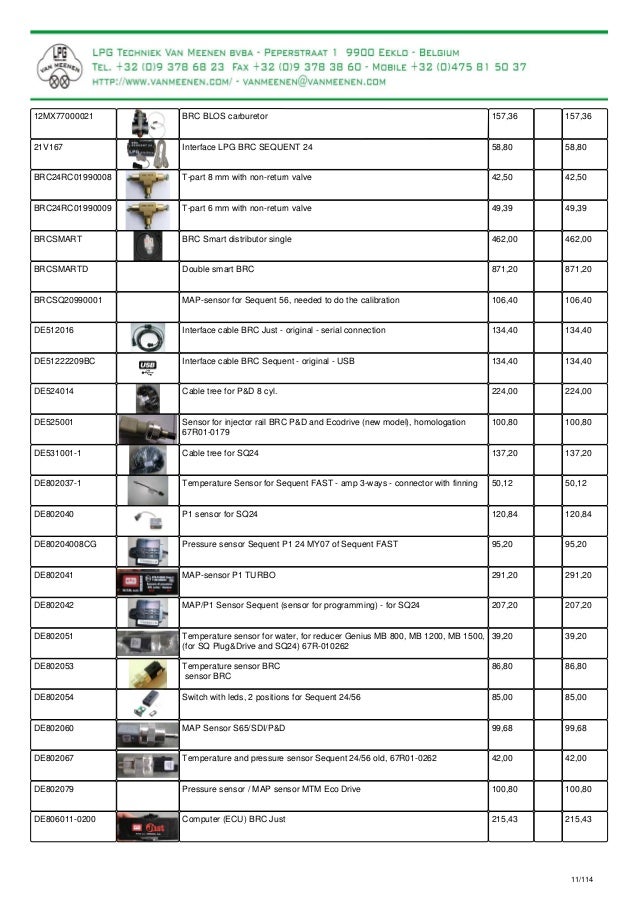Aeb 296 Lpg Manual

This is something you may need a Professional to fix. Since the system is pressurized you would need to remove the pressure to change parts. It is quite possible that a bad mix of LPG may have contained too much water and it froze, disabling the system. Vcds 11.11.4. These systems are more common in Hilo's and Industrial equipment than in cars. Big trucks have used this system for years. Are you sure the LPG has not leaked and the LPG is not empty? Be patient, I am sure we have other Experts who can add more solutions.
AEB technical assistance supports Customers during AEB products installation on vehicles to convert to LPG/CNG. AEB technicians organize also training courses for.
Mar 20, 2013 . Exhaust Gas Recirculation (EGR) System The exhaust gas recirculation (EGR) system is designed to: • reintroduce exhaust gas into the combustion cycle. • lower combustion temperatures. • reduce the formation of oxides or nitrogen (NOX). Crawler Parental Control 1.1.0.226 [h33t][jorginho13] there. The amount of exhaust gas reintroduced and the timing of the cycle varies by calibration.
Timing and volume are controlled by the following: • engine rpm • engine vacuum • exhaust system back pressure • engine coolant temperature • air charge temperature • throttle position The EGR valve (EGR valve) (9D475) is vacuum-actuated. The vacuum hose routing diagram is shown on the Vehicle Emission Control Information (VECI) decal.
The EGR system is a differential pressure feedback EGR Sensor system. Differential pressure feedback EGR Sensor is a subsonic closed loop EGR system. The differential pressure feedback EGR system: • monitors EGR flow rate by the pressure drop across the metering orifice located in the EGR tube. • uses a differential pressure feedback EGR sensor as the feedback device. • uses the EGR valve only as a pressure regulator, rather than a flow metering device. • controlled pressure is varied by the valve movement using vacuum output of the EGR vacuum regulator solenoid (9J459).
• allows for a more accurate assessment of EGR flow requirements. Differential Pressure Feedback EGR Flow Diagram Differential Pressure Feedback EGR Sensor Removal • Disconnect engine control sensor wiring (12A581) from Differential Pressure Feedback EGR Sensor. • Disconnect Differential Pressure Feedback EGR Sensor hoses from EGR valve to exhaust manifold tube (9D477). • Remove retaining nuts or bolts (depending upon application) and EGR Differential Pressure Feedback transducer. Installation • Follow removal procedure in reverse order. • Tighten retaining nuts or bolts (depending upon application) to 5-7 Nm (45-61 lb-in).